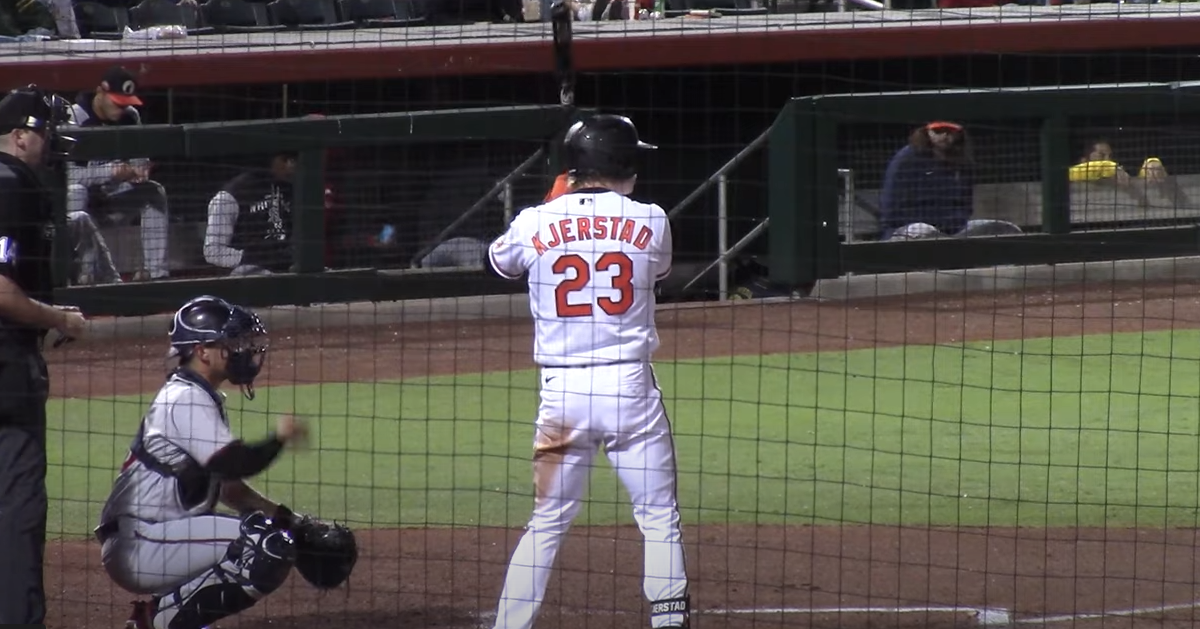Sunday Notes: Born To Brits, Harry Ford Could Be MLB’s Next Great Black Catcher
Harry Ford is one of the top prospects in the Seattle Mariners organization, and he is also unique among his peers. Born Harrison Michael Ford, in Atlanta, 20 years ago this week, the right-handed-hitting catcher is the son of English immigrants. His mother spent her childhood in London, while his father — “a real Brit; he still has an accent”— came to the U.S. a little over two decades ago from Oxford. Moreover, his multi-national upbringing included his family’s having hosted exchange students from Argentina, Brazil, and Germany.
If the above list of countries has you wondering if football — soccer to us here in the States — has been a part of his life, the answer is yes. Ford’s father is a huge Arsenal fan who used to play in a competitive men’s league, while the youngster impressed on the pitch in his schoolboy days before turning his full attention to baseball. Given that Ford is a muscular 5-foot-10, 200-pounds and has been called a unicorn due to the speed that augments his frame, how good might he have been had he pursued his father’s favorite sport rather than America’s national pastime?
“I think I’d go crazy in soccer!” was Ford’s fun-loving (and quite possibly accurate) response to that question, meaning that he would excel. Instead he is excelling on the diamond, and he’s doing so at a position that belies his athleticism. How he found himself wearing the tools of ignorance was a matter of happenstance.
“I was always a third baseman, but when I was eight or 10 we needed someone to play catcher,” explained Ford, whom the Mariners took 12th overall in the 2021 draft. “I remember that there was this royal blue, really ugly gear, and I was like, ‘I’ll try it. Why not? ‘I got back there and liked it, and haven’t left it since.”
As uncommon as it is for elite athletes to end up behind the plate, it has been an even less common destination for African Americans. Black catchers have been few and far between in MLB history. To Ford’s mind, “It will be cool to change that stigma.” Read the rest of this entry »







